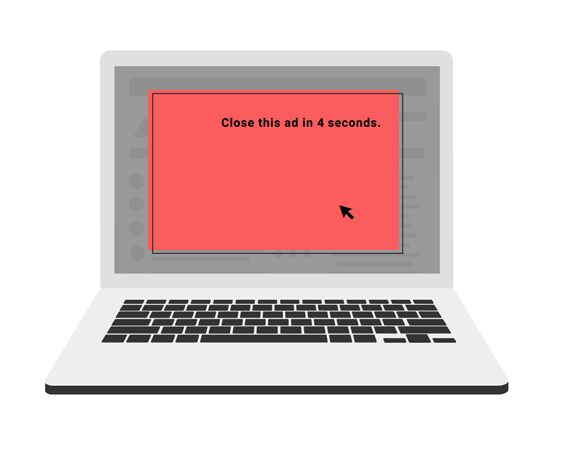Google revealed that the popular Chrome browser would block some online ads starting from 2018. According to early sources that have rushed to reveal further details, Chrome will use a native ad-block system, but that’s not entirely accurate.
According to Google’s statement so far,
In dialogue with the Coalition and other industry groups, we plan to have Chrome stop showing ads (including those owned or served by Google) on websites that are not compliant with the Better Ads Standards starting in early 2018.
Or, in a nutshell, Chrome will show ads, but only those compliant with the agreement committed to creating better ads for the web. This agreement provides that the following advertising formats are blocked because they are recognized as “problematic”:
- Mobile: flashing animated ads, auto-playing video ads with sound, pop-up ads, pages with ad-density higher than 30%, prestitial ads, postitial ads with a countdown, full-screen scroll over ads, large sticky ads.
- Desktop: pop-up ads, auto-playing video ads with sound, large sticky ads, prestitial ads with a countdown.
If by 2018 we happen on one of those sites full of pop-ups and annoying banners do not worry, Google Chrome will block any advertising on the page, allowing us to enjoy them content without a nervous breakdown.
Google, meanwhile, shared a webmaster tool that lets you enter details about the advertisements used on your sites. By doing so, Google hopes to gather information about all those experiences that annoy the user so that webmasters are warned when the block list on Chrome is ready.
In addition, a new option for publishers is available: the Funding Choices program allows them to personalize the message asking adblocker users to disable it or support the site through the new Google Contributor system. All these innovations show how Google is aware of the ad-blockers rapid rise. No one can stop this trend, but Google believes it can offer other forms of more sustainable advertising for everyone.

